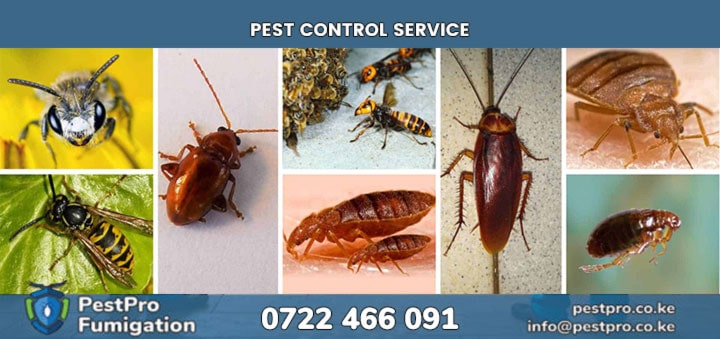Common DIY Pest Control Mistakes Nairobi Homeowners Make
Nairobi homeowners frequently make critical errors when attempting DIY pest control that not only waste time and money but often worsen pest problems. Understanding these common mistakes helps property owners avoid ineffective treatments and know when professional intervention becomes necessary for successful pest management.
Misidentification and Inappropriate Treatment Selection
The most common DIY mistake involves misidentifying pest species and selecting inappropriate treatment methods that target the wrong insects or use ineffective approaches. Many homeowners confuse flying ants with termites, leading to panic and expensive treatments for problems that may not exist or require different management strategies.
Treating symptoms rather than causes represents another frequent error, with homeowners focusing on killing visible pests without addressing underlying conditions that support infestations. This approach provides temporary relief while allowing populations to recover and often results in recurring problems that become increasingly difficult to control.
Using indoor products outdoors or vice versa often reduces treatment effectiveness while potentially creating safety hazards or environmental problems. Product labels contain crucial information about appropriate use sites, application rates, and safety precautions that many homeowners overlook in their eagerness to address pest problems quickly.
Improper Application Techniques and Safety Violations
Overapplication of pesticides represents a dangerous and common DIY mistake, with many homeowners believing that using more product will provide better results. Excessive pesticide use can create health hazards, environmental contamination, and resistance development while often providing worse control than proper application rates.
Inadequate personal protective equipment during pesticide applications puts homeowners at risk of exposure through skin contact, inhalation, or accidental ingestion. Many readily available products require specific safety measures including gloves, masks, and protective clothing that casual users often ignore.
Improper storage and disposal of pesticide products creates ongoing safety risks while potentially violating local regulations. Products stored in inappropriate locations or disposed of incorrectly can harm children, pets, and the environment while creating liability issues for property owners.
Timing and Persistence Issues
Expecting immediate results from treatments that require time to work leads many homeowners to abandon effective strategies prematurely or apply additional treatments unnecessarily. Baits, growth regulators, and many biological controls require patience and persistence to achieve maximum effectiveness against target pest populations.
Failing to maintain treatment programs allows pest populations to recover after initial knockdown, often resulting in rebound infestations that become more difficult to control. Integrated pest management requires ongoing attention to prevention, monitoring, and maintenance that many DIY approaches neglect.
Seasonal timing mistakes include treating pests during inactive periods when they won't encounter treatments or during reproductive seasons when populations can quickly replace treated individuals. Understanding pest biology and seasonal activity patterns proves crucial for treatment timing that achieves lasting results.
Integration and Follow-Up Failures
Relying on single treatment methods instead of integrated approaches often provides incomplete control that allows pest problems to persist or return quickly. Effective pest management typically requires combining multiple strategies including sanitation, exclusion, habitat modification, and appropriate pesticide use.
Neglecting prevention measures after achieving initial control allows conditions that attracted pests to persist, leading to rapid reinfestation once treatment effects diminish. Long-term success requires ongoing attention to sanitation, maintenance, and monitoring that many homeowners abandon after problems appear resolved.
Failing to document treatments, results, and pest activity prevents learning from experience and makes it difficult to develop effective long-term management strategies. Professional pest managers maintain detailed records that inform future treatment decisions and help identify patterns that improve control effectiveness over time.
More pest Control ServicesPestPro Facebook Page
Medium
